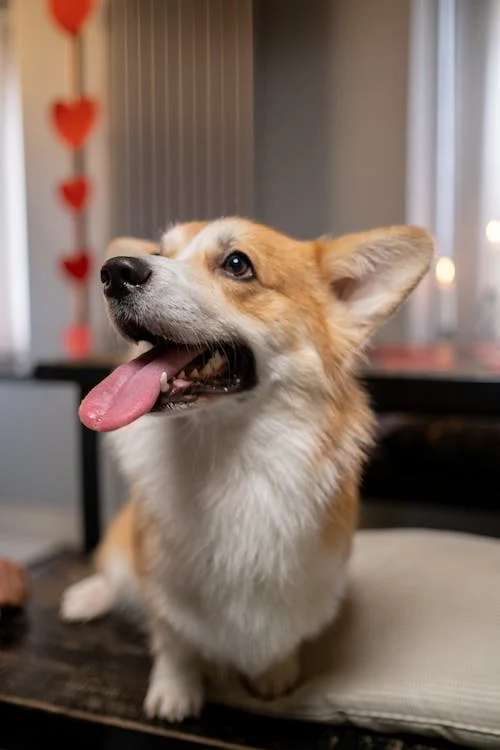You pick up your dog from surgery and soon realize something is very wrong – they won’t stop crying and whimpering! While upsetting to witness, crying after surgery actually has a few explanations and isn’t cause for immediate panic. Learning reasons for your dog’s post-op vocalization helps you respond appropriately to relieve discomfort.
Common Causes of Crying After Surgery
Most crying results from one of the following routine causes:
Anesthesia Delirium – Disorientation from anesthesia can induce fear, anxiety, and crying when waking up in an unfamiliar place. Usually resolves within 24 hours. Keeping lights dim, voices soft, and company calming helps.
Incision Pain – Just like humans, dogs experience surgical wound discomfort. Crying and vocalizing is the only way they can communicate this to you. Medications are key but may take time to take effect.
Throat Irritation – Intubation during surgery can leave a sore throat once the breathing tube is removed. This causes throat discomfort leading to crying out. It normally resolves in 24 hours or less as irritation subsides.
Confusion and Fear – Being away from home, around strange sights and smells, adds stress. Their cry is essentially calling out for you to return! Keeping a familiar blanket or toy around helps provide comfort until anesthetic effects fully wear off.
Attention Seeking – Some dogs learn crying elicits your comforting response. Attention rewards the behavior. Redirect them without fussing to prevent this.
How to Care for Your Dog After Surgery
To help a crying dog feel better after surgery:
Administer pain medication – Give all prescribed analgesics promptly and completely as directed. Pain is often the root cause of crying. Meds will help once they take effect.
**Limit activity **- Confine them appropriately to avoid bursting stitches or implants. Bring food, water, and potty pads nearby. Limit stair use. Carry outside if needed to prevent excited running.
Use an Elizabethan collar – Prevent licking or chewing at the incision site that could disturb healing and cause additional pain that induces crying.
Offer favorite toys and blankets – Familiar items provide security. Lavish praise and affection when they calm further soothes.
Keep environment soothing – Maintain a quiet, peaceful setting with minimal stimulation until fully recovered.
See your vet if crying persists – Excessive vocalization that continues beyond 24 hours may indicate surgical complications or unmanaged pain requiring vet exam.
While crying can alarm owners, it often resolves naturally as anesthesia clears allowing discomfort management. Closely follow all aftercare instructions. Notify your veterinarian if crying concerns persist beyond 24 hours or immediate vet care if you notice bleeding, swelling, or changes at the incision site that could signify complications. With attentive post-op nursing, your dog will soon be on the mend!
How Long Does it Take Dogs to Recover from Anesthesia?
Most dogs fully recover from anesthesia effects within:
- 8-12 hours – Return to standing and walking
- 12-24 hours – Resumption of normal appetite
- 24-36 hours – Complete return to energy levels and elimination habits
- 36-48 hours – Disappearance of residual minor drowsiness or dizziness
However, factors like procedure length, medications prescribed, age, and health conditions can prolong recovery in some dogs. If concerns arise about your dog’s anesthesia recovery progress, contact your veterinarian promptly.
What is the Best Thing to Feed a Dog After Surgery?
The most digestible diet to offer a dog after surgery includes:
- Canned wet food warmed to enhance aroma
- Cooked white rice mixed with boiled chicken or lean ground meat
- Clear meat broths to supplement fluid intake
Avoid very fatty meals and dairy initially which may cause an upset stomach. Introduce kibble slowly over several days. Feed scheduled small portions every few hours rather than free access to minimize vomiting risk.
How Long After Surgery Can a Dog Play or Be Bathed?
Follow these general post-op guidelines:
- No baths for 14 days to allow the incision to fully seal
- No strenuous play, running or jumping for 2 weeks
- Short leash walks only for potty needs first 10-14 days
- Wait 30 days before swimming or submerging incision under water
- Obey any specific activity restrictions from your vet
Rigorously rest and restrict activity to prevent surgery complications or reactions that set back healing. Better safe than sorry!
Conclusion
Knowing the common causes for a dog’s distressed vocalizations after surgery allows you to implement solutions to ease their discomfort. With prescribed pain relief, TLC, and veterinary follow up care, most post-op crying resolves within 24 hours. Alert your vet promptly about any persistent or worsening behaviors indicating potential complications needing quick intervention. Soon your beloved companion will be healed and back to their happy self!
